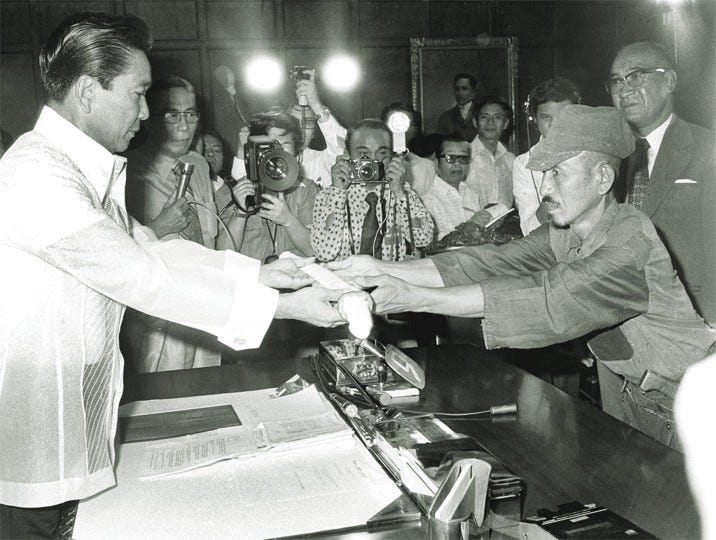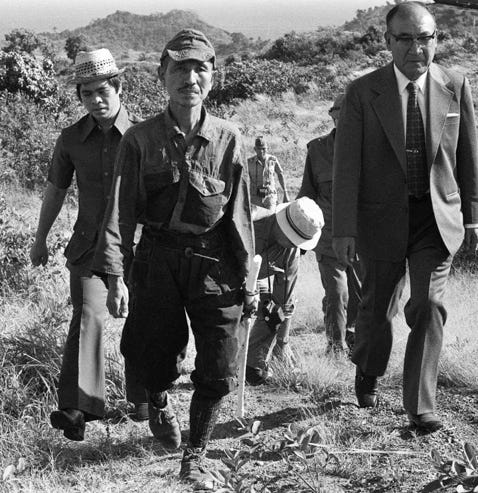The Nature of the War Determines its Ending
Lesson 1
Trump’s Peace Summit in Alaska
On August 15, 2025, U.S. President Donald Trump hosted Russian President Vladimir Putin at Joint Base Elmendorf–Richardson in Anchorage, Alaska—marking Putin’s first visit to the U.S. since 2015 and the first-ever U.S.-hosted presidential meeting on U.S. military soil Wikipedia.
From red-carpet receptions and B2 stealth bomber military flyovers to secretive limo rides and closed-door talks, the summit became a globally anticipated event—proving to be one of the most widely covered diplomatic moments in recent memory. Major outlets in the U.S. (Washington Post, Financial Times, CNBC, Time), Europe (El País), India, and beyond jostled to analyze every detail as it unfolded.
No wonder I’ve come across a wide range of perspectives on how and when the war in Ukraine might end in recent days—and what such an outcome could mean for global markets. Some have even suggested we may be approaching a kind of “Peace Black Swan,” an unexpected resolution with far-reaching implications, as hinted at by India’s Foreign Minister.
In this two-part Substack series, I want to approach this important topic a little differently, for which I have my reasons.
In Part 1, I’ll share lessons from past wars—lessons I believe are just as relevant today as they were then, yet remain largely unknown or overlooked in mainstream discourse. These historical insights may help us better understand what could unfold in the coming weeks and months, especially given that the President of the United States now appears serious about bringing this godforsaken war to a resolution.
In Part 2, I’ll shift focus to key commodities—particularly those exported by Russia and Ukraine—and explore how they might be impacted by various potential outcomes. I’ll cover oil, oil products, natural gas, base metals, and fertilizers. I may also touch on a few niche areas where I believe we have an analytical edge, such as European defense stocks. However, I’m unlikely to delve into soft commodities like wheat, corn, or soybeans in this series.
When Does a War Really End? The Story of Hiroo Onoda
For Hiroo Onoda, World War II ended not in 1945—but in March 1974, nearly 29 years later.
Onoda, a Japanese army lieutenant, had been stationed on the Philippine island of Lubang in 1944. As American forces took the island in February 1945, most Japanese soldiers were killed or captured. Onoda and three comrades fled into the jungle—and refused to surrender. They dismissed air-dropped leaflets announcing Japan’s surrender as American propaganda. For them, the war was still on.
Over the years, locals and authorities tried everything to coax them out: personal letters, family photos, even search parties. But First Leutenant Onoda and his men held firm, believing that no real Japanese person could be alive if Japan had truly lost.
By the early 1970s, two of his comrades had died in shootouts. Onoda, now alone, finally made contact in 1974 with a young Japanese traveler, Suzuki Norio, who had gone looking for him.
But even then, Onoda refused to surrender without direct orders from a superior. The Japanese government tracked down his former commanding officer, Major Taniguchi, who flew to Lubang to formally relieve him of duty. Only then did Onoda lay down his arms—still in uniform, with his rifle, grenades, and 500 rounds of ammunition intact.

Though he and his comrades had killed over 30 locals during their decades of resistance, Philippine President Ferdinand Marcos pardoned him. Back in Japan, Onoda became a controversial hero. In his best-selling memoir, he reflected on the power of wartime propaganda:
“At home, the phrase ‘A hundred million souls die for honor’ was on everyone’s lips… I took it literally.”



